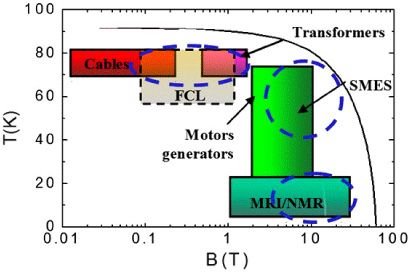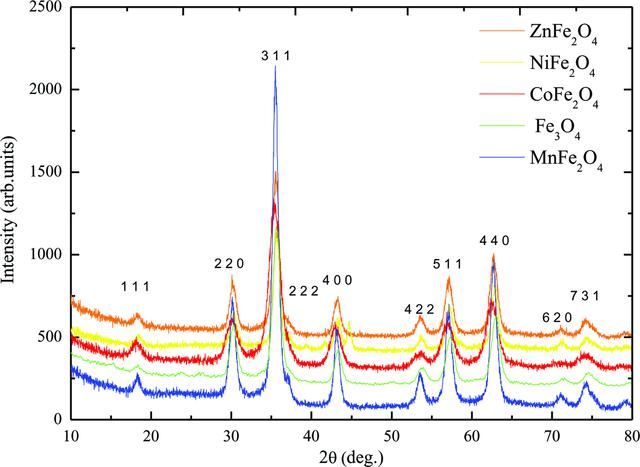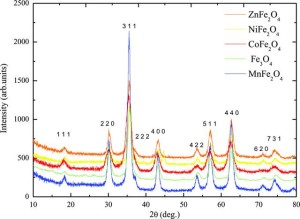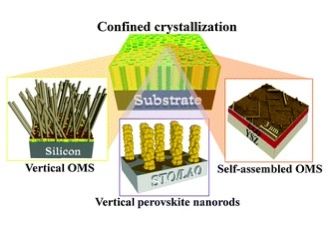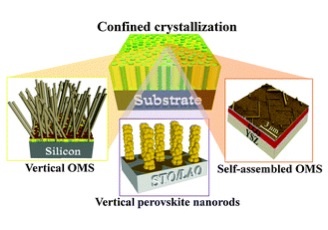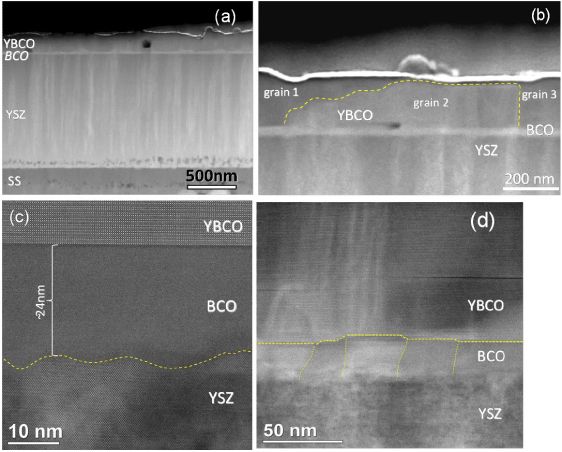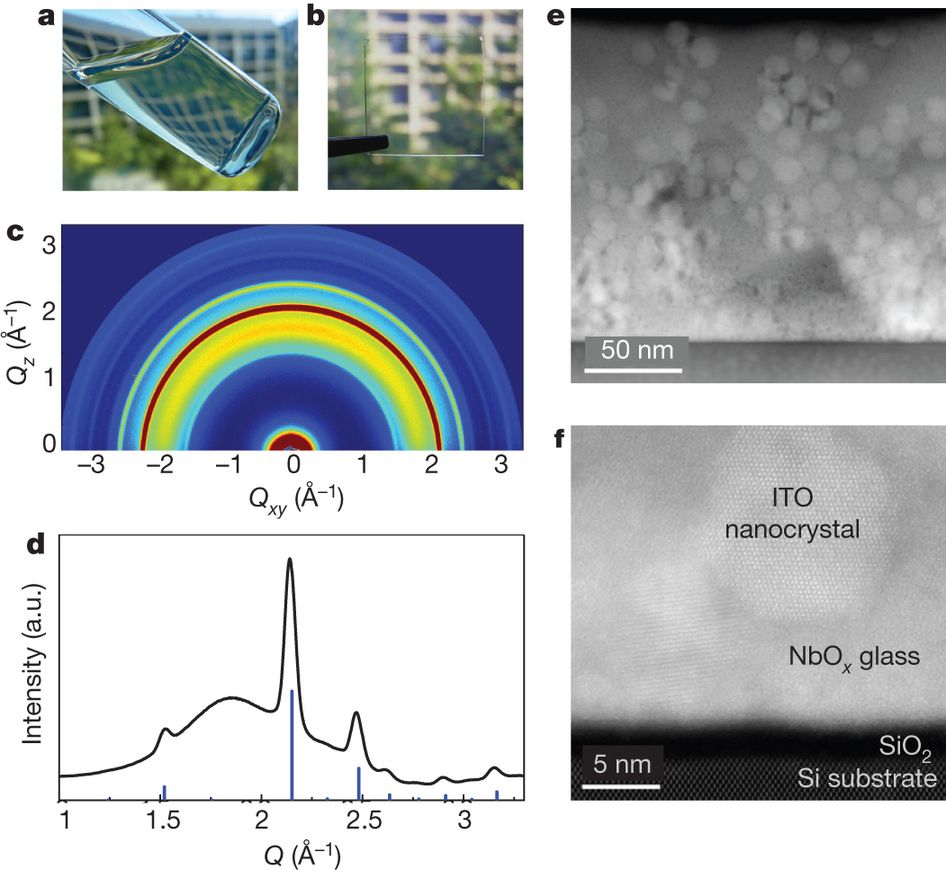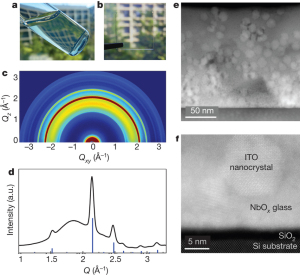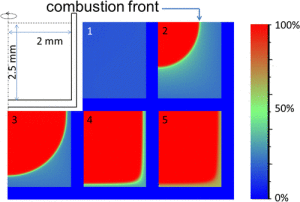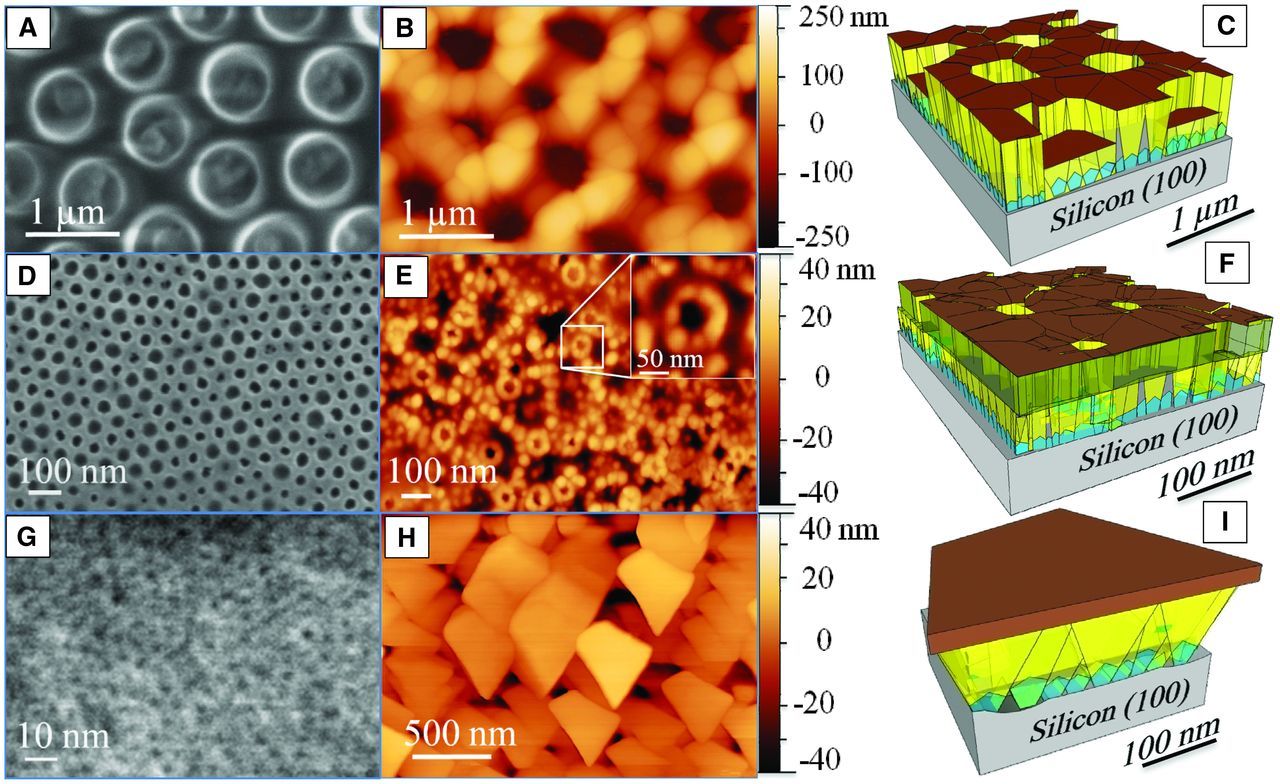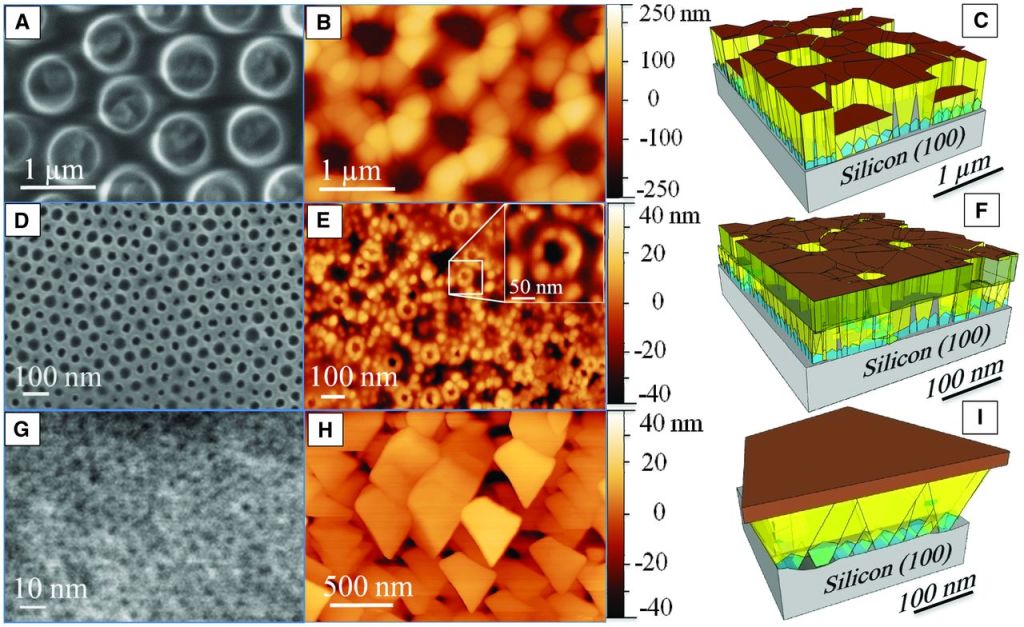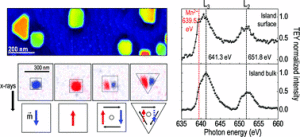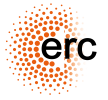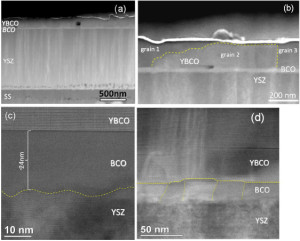
E. Bartolome, R. Vlad, A. Calleja, M. Aklalouch, R. Guzman, J Arbiol, X. Granados, A. Palau, X. Obradors, T. Puig and A. Usokin
Superconductor Science and Technology 26, 125004 (2013)
DOI:
10.1088/0953-2048/26/12/125004
The superconductor industry is demanding new methodologies to manufacture km-long, high quality coated conductors at high growth rates, using cost-effective, scalable processes. We report on the fabrication by an all-chemical deposition method of highly textured, thick (0.9 μm) inkjet-printed YBCO films, using a Ce
0.9Zr
0.1O
2 (CZO) capping layer deposited by MOD, on top of robust, buffered
ABADYSZ/SS substrates. Thinner, 0.25 μm spin-coated YBCO films were also analyzed for comparison. The structural study performed by x-ray diffraction, optical, AFM, SEM and TEM microscopy demonstrates the success of the capping layer for enhancing the planarity of the as-received tape and obtaining highly homogeneous and well-textured YBCO films. DC magnetometry granularity analysis was used to determine the mean superconducting grain diameter, ~2.5 μm, and the intra- and intergranular critical current densities of the coated conductors (CCs). For the thin, spin-coated sample, high self-field intragrain critical currents were measured (

, 3.3 MA cm
−2 at 5, 77 K). For the thick, inkjet-printed tape

was reduced by ~30%, but, notably, the percolative critical current,

, was only ~10% smaller at 5 K, thanks to good preservation of the texture. At 77 K,

was achieved, implying a critical current of
Ic = 117 A/cm-width. AC susceptibility measurements allowed us to demonstrate the high homogeneity of the fabricated CCs, and investigate the magnetic vortex-pinning phase diagram. Remarkably, the thick, inkjet-printed sample showed comparable irreversibility line (IL) and activation energy for thermal depinning,
Ue(
H), to the thin sample. The present results open new perspectives for the fabrication of high quality-to-cost ratio, all-chemical CCs with yet higher
Ic values by inkjet printing multideposition of thicker YBCO layers.
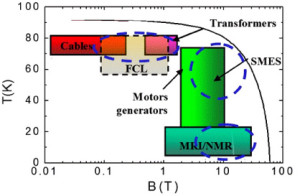 X.Obradors and T. Puig Molina
Supercond. Science & Technology 27, 044003 (2014)
DOI:10.1088/0953-2048/27/4/044003
This manuscript reports on the recent progress and the remaining materials challenges in the development of coated conductors (CCs) for power applications and magnets, with a particular emphasis on the different initiatives being active at present in Europe. We first summarize the scientific and technological scope where CCs have been raised as a complex technology product and then we show that there exists still much room for performance improvement. The objectives and CC architectures being explored in the scope of the European project EUROTAPES are widely described and their potential in generating novel breakthroughs emphasized. The overall goal of this project is to create synergy among academic and industrial partners to go well beyond the state of the art in several scientific issues related to CCs’ enhanced performances and to develop nanoengineered CCs with reduced costs, using high throughput manufacturing processes which incorporate quality control tools and so lead to higher yields. Three general application targets are considered which will require different conductor architectures and performances and so the strategy is to combine vacuum and chemical solution deposition approaches to achieve the targeted goals. A few examples of such approaches are described related to defining new conductor architectures and shapes, as well as vortex pinning enhancement through novel paths towards nanostructure generation. Particular emphasis is made on solution chemistry approaches. We also describe the efforts being made in transforming the CCs into assembled conductors and cables which achieve appealing mechanical and electromagnetic performances for power systems. Finally, we briefly mention some outstanding superconducting power application projects being active at present, in Europe and worldwide, to exemplify the strong advances in reaching the demands to integrate them in a new electrical engineering paradigm.
X.Obradors and T. Puig Molina
Supercond. Science & Technology 27, 044003 (2014)
DOI:10.1088/0953-2048/27/4/044003
This manuscript reports on the recent progress and the remaining materials challenges in the development of coated conductors (CCs) for power applications and magnets, with a particular emphasis on the different initiatives being active at present in Europe. We first summarize the scientific and technological scope where CCs have been raised as a complex technology product and then we show that there exists still much room for performance improvement. The objectives and CC architectures being explored in the scope of the European project EUROTAPES are widely described and their potential in generating novel breakthroughs emphasized. The overall goal of this project is to create synergy among academic and industrial partners to go well beyond the state of the art in several scientific issues related to CCs’ enhanced performances and to develop nanoengineered CCs with reduced costs, using high throughput manufacturing processes which incorporate quality control tools and so lead to higher yields. Three general application targets are considered which will require different conductor architectures and performances and so the strategy is to combine vacuum and chemical solution deposition approaches to achieve the targeted goals. A few examples of such approaches are described related to defining new conductor architectures and shapes, as well as vortex pinning enhancement through novel paths towards nanostructure generation. Particular emphasis is made on solution chemistry approaches. We also describe the efforts being made in transforming the CCs into assembled conductors and cables which achieve appealing mechanical and electromagnetic performances for power systems. Finally, we briefly mention some outstanding superconducting power application projects being active at present, in Europe and worldwide, to exemplify the strong advances in reaching the demands to integrate them in a new electrical engineering paradigm.
